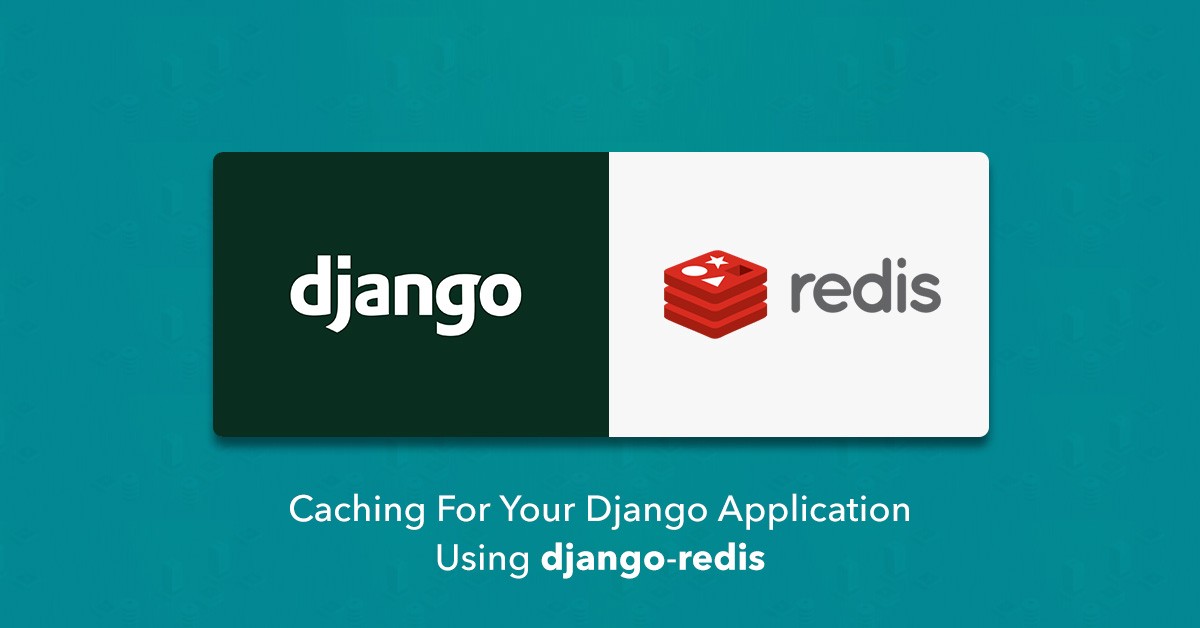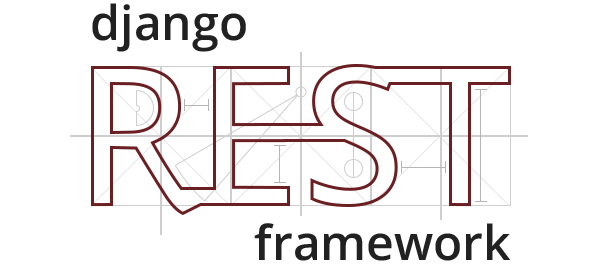
The job execution directly via the Django admin interface: You can view the scheduled jobs and monitor ( DjangoJobStore) that persists scheduled jobs to the Django database. Shared message broker like Redis, RabbitMQ, Amazon SQS or the like (see: Select an alternative task processing library that does support inter-process communication using some sort of Logic to ensure that a single DjangoJobStore can be used by all of the webserver's worker processes in aĬoordinated and synchronized way (might not be worth the extra effort and increased complexity for most use cases) See the runapscheduler.py example below) or Use a custom Django management command to start a single scheduler in its own dedicated process ( recommended. Support for sharing a persistent job store between multiple schedulers appears to be planned for Running their own scheduler then this can result in jobs being missed or executed multiple times, as well as duplicateĮntries being created in the DjangoJobExecution table.

It is quite common to start up many webserver worker process in productionĮnvironments in order to scale and handle large volumes of user traffic. Limitation might require a bit of thought. Other words, different schedulers won't be able to tell if a job has already been run by another scheduler, and changingĪ job's scheduled run time directly in the database does nothing unless you also restart the scheduler).ĭepending on how you are currently doing your That would enable the scheduler to be notified when a job has been added, modified, or removed from a job store (in

This limitation is due to the fact that APScheduler does not currently haveĪny interprocess synchronization and signalling scheme Scheduler actively running at a particular point in time. PLEASE NOTE: the trade-off of this simplicity is that you need to be careful to ensure that you have only ONE Handful of tasks on a fixed execution schedule. The ideal use case probably involves running a

With minimal dependencies and very little additional configuration. It enables storing persistent jobs in theĭjango-apscheduler is a great choice for quickly and easily adding basic scheduling features to your Django applications What do I put in my projects url.py file for django-scheduler like eg the url for django-calendarium, url(r'^calendar/', include('calendarium.This is a Django app that adds a lightweight wrapper around APScheduler.
DJANGO SCHEDULER HOW TO
I have read through the documentation but am still not sure as to how to have a usable calendar on the page the user is sent to after logging in.Ĭould someone please explain to me as to how I can achieve this. This is explained on the github page for django-scheduler. I have also already installed django-scheduler using pip and have edited my projects settings like so: INSTALLED_APPS += ('schedule',)
DJANGO SCHEDULER REGISTRATION
I have already implemented the login and registrastion using django registration redux. My website is meant to be a timetable scheduling system where users can login and use and edit there own timetable/calendar.

I am looking to use the Django-Scheduler package in my Django project but am finding it difficult to understand how to actually implement the calendar so that it can be seen on the actual website.


 0 kommentar(er)
0 kommentar(er)
